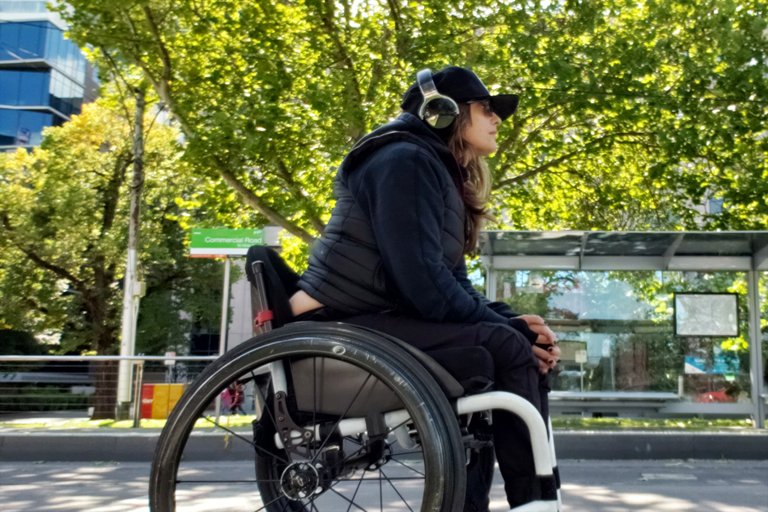Opinion
Are Local Councils Doing Enough for Accessibility?
Many community spaces still lack the basics for inclusive access. It’s time to question policy and intent.
22 May 2025 at 3:56 PM | By Rahul Menon, BridgeView Bulletin

Despite widespread commitments to inclusion, many of Sydney’s local councils are falling short when it comes to implementing practical accessibility measures in public infrastructure and community facilities. While accessibility policies exist on paper, their translation into physical environments often remains inconsistent or incomplete.
Residents with disabilities routinely report challenges in navigating parks, libraries, public toilets, and transport hubs. 'It’s not just ramps and lifts,' said Amy Chow, an accessibility advocate and wheelchair user. 'It’s about signage, pathways, seating, lighting—all the little things that determine whether a space is usable or not.'
A 2024 audit conducted by the Independent Accessibility Standards Authority found that only 41% of municipal buildings in Greater Sydney were fully compliant with updated disability access codes. Some facilities still lack automatic doors, tactile indicators, or clear emergency exit signage for people with vision impairments.
In the Inner West Council, for instance, several community centers still rely on manual entryways or narrow corridors that don’t accommodate mobility aids. Meanwhile, temporary construction zones frequently disrupt accessible routes, with inadequate detour signage or no alternate pathway provided at all.
While funding is often cited as a barrier, experts argue that poor design choices are just as much to blame. 'If accessibility isn’t considered from the beginning, retrofitting becomes expensive and disruptive,' said architect Paul Singh, who specializes in universal design. 'We need to shift the mindset from compliance to inclusion.'
The state government offers co-funding grants through the Local Infrastructure Renewal Scheme, but uptake has been limited. Several councils have cited complex application processes and limited staff capacity as reasons for not pursuing the funding.
Some councils are making progress. In Waverley, a new inclusive playground was recently completed in Bronte Park, featuring adaptive swings, sensory zones, and wheelchair-accessible paths. The project was developed in collaboration with parents of children with disabilities and local disability advocates.
Marrickville Library is also being held up as a model of inclusive design, featuring low-height service counters, hearing loops in meeting rooms, and elevator access to all floors. Community feedback has been overwhelmingly positive, especially among elderly patrons and visitors with mobility challenges.
However, digital accessibility often lags behind. Websites for council services, event listings, and public feedback forms are frequently incompatible with screen readers or lack alternative text for images. Accessibility testing is rarely integrated into procurement or web development contracts.
Some residents are taking matters into their own hands. A group of students from UNSW recently launched an app called “AccessRate,” which allows users to rate and review public facilities based on their accessibility. The goal is to crowdsource data and pressure councils to act on low-rated locations.
The NSW Disability Inclusion Act mandates councils to submit a Disability Inclusion Action Plan every four years, but compliance is patchy. Some plans are little more than aspirational statements with vague timelines, while others include concrete targets and progress metrics.
Advocacy groups are calling for stronger oversight and public reporting. 'We need transparency,' said Louise Browne from the Accessibility Coalition. 'Residents deserve to know how their local government is performing—not just what they promise but what they deliver.'
As Sydney’s population ages and diversifies, accessibility will only grow in importance. Urban planners say now is the time to embed inclusive thinking into all levels of governance, from street design to event planning. Because for many, accessibility is not a feature—it’s the foundation of participation.